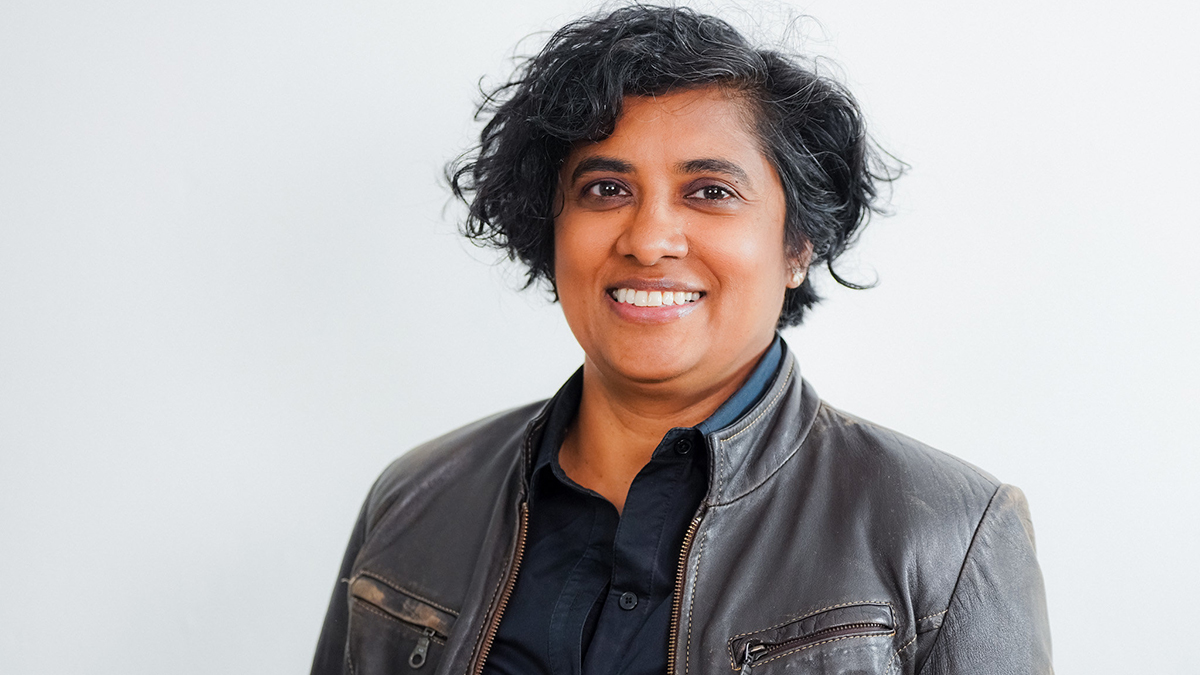South Africa needs to ensure its ICT policy and regulatory framework is in step with current realities, and the rules must be equal for everyone.
This is the word from South African Communications Forum (SACF) MD Katharina Pillay, during an interview with ITWeb TV.
SACF is an industry association that represents a broad group of members in the ICT sector, to give industry players a voice and champion transformation.
Pillay joined ITWeb TV to discuss the need to review SA’s telecoms policy and legislative framework, and the country’s ambitions for ubiquitous connectivity, touching on the milestones within the ICT sector over the last three decades.
Over time, SA has implemented various legislation, dating back to the Telecoms Act and Electronics Communications Act (ECA), she pointed out.
However, the ECA is somewhat outdated and perhaps “not in step” with the current environment and regulatory trends, she said. It’s due for a review, which she hopes will happen soon.
South African Communications Forum MD Katharina Pillay. (Photograph by Lesley Moyo)
Turning to regulation on low-Earth orbit (LEO) satellites like SpaceX’s Starlink, Pillay stressed that in a regulatory framework, the rules must be the same for everyone.
“You can’t adapt the rules for one, or adjust them for anyone; everyone must play by the same rules. You must also accept that this is an extremely investment-intensive sector. This is not the kind of sector where you can sink infrastructure and simply be done with it.
“You’ve got to continually update the infrastructure, and this is one of those sectors where the policymaker wants more for less. Licensees continue to invest and achieve those objectives, so you can’t then create a different framework for some. If you do that, it impacts the ability of players to invest.
“The reality is, you invest and there is a rate of return. So, when you muddy the waters and change the rules, it makes it more difficult,” she explained, adding that there are numerous ways for SpaceX or any LEO provider to get a licence. “There are challenges in how you can get it…but options are available.
“Firstly, you can apply for an individual licence, if there is a policy direction that allows ICASA [the Independent Communications Authority of South Africa] to issue an invitation to apply. In the absence of that policy direction, you can buy a licence and do a licence transfer – a transfer of control applied for via ICASA. A portion of the licence can be applied for, or transfer of the licence.
“The regulatory framework requires a 30% HDG [historically disadvantaged groups] stake, for any application that you make, whether it’s a new application, a transfer of control, or a transfer of a licence.
“As a country, we have made a decision and it is important for us. It’s not just about redressing the past, but growing the middle-class and contributing to economic development. It’s also important that our demographics are reflected across all sectors of our economy, including ownership.”
Last month, communications minister Solly Malatsi gazetted a draft ministerial directive that potentially clears the way for tech billionaire Elon Musk’s Starlink to operate locally.
The document notes the directive is aimed at creating an enabling environment for LEO satellite firms, among others, to invest in the country, and thus drive broadband rollout.
Since its publication, the draft directive has been widely debated across the board, by political parties, ICT pundits, industry bodies and several ministers within the Government of National Unity.
Pillay stressed that there can’t be confusion about application of policy and regulatory rules.
She explained that the COVID-19 pandemic showed how various regulatory processes could be made more efficient.
“During COVID, there was no evidence that demonstrated anything other than that the processes worked. They reduced the timeframes, processes were more seamless, so why did we go back to pre-COVID methods?
“We’ve learnt something, we’ve got evidence, why do we go back to that? Shouldn’t we be looking at the framework that should apply, how do we licence and what is the most effective way of doing it?”
She added that the communications department showed how efficiently services could move. “It wasn’t a perfect situation, but we saw middle-income households able to continue fairly seamlessly, because they had connectivity and space in their homes.
“Various role-players came to the party, regulations were done very efficiently, type approval was done efficiently, and we saw how subsidies could happen. We saw lots of things work very well, but in the post-COVID era, those learnings have changed.
“For example, in the regulatory space, type approvals were all done online, but it’s not done in the same way now, or in the same timeframes. Tariff applications were also done seamlessly, but they’re not done in that way anymore.”
Crédito: Link de origem


